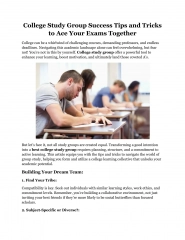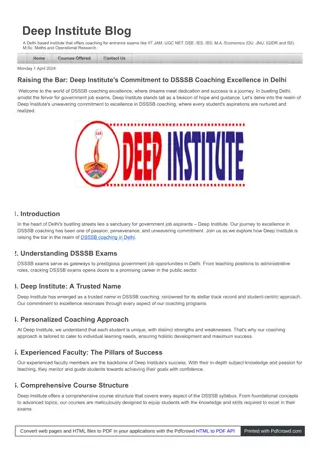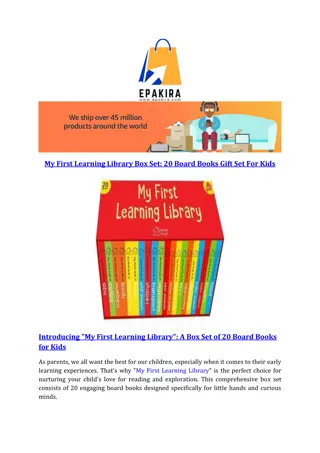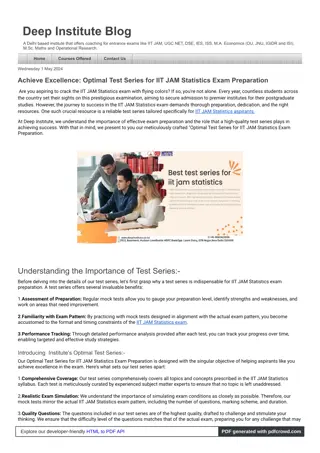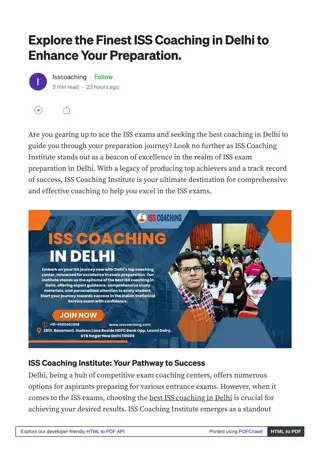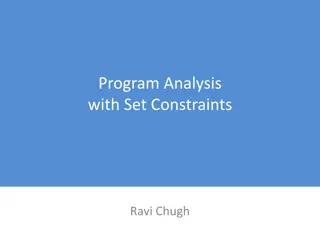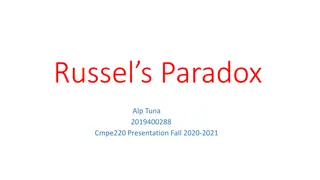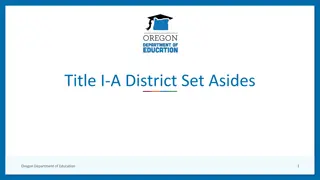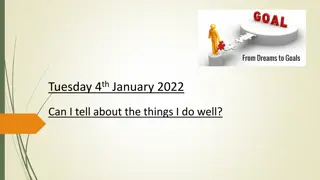SET UP FOR SUCCESS
Immerse yourself in strategies for successful programming from Anna Foote's NEKLS presentation. Learn to set expectations, foster active participation, and manage disruptive behaviors. Gain insights on adult-child interactions and the role of parents in storytime. Discover tips for creating engaging and interactive experiences in your programs.
Download Presentation

Please find below an Image/Link to download the presentation.
The content on the website is provided AS IS for your information and personal use only. It may not be sold, licensed, or shared on other websites without obtaining consent from the author.If you encounter any issues during the download, it is possible that the publisher has removed the file from their server.
You are allowed to download the files provided on this website for personal or commercial use, subject to the condition that they are used lawfully. All files are the property of their respective owners.
The content on the website is provided AS IS for your information and personal use only. It may not be sold, licensed, or shared on other websites without obtaining consent from the author.
E N D
Presentation Transcript
SET UP FOR SUCCESS Presented by Anna Foote, NEKLS, February 7, 2017
THREE COMPONENTS Set expectations that the adults in the room are the co- teachers of their children. Create a program structure that facilitates active participation. Redirect disruptive behaviors that happen during programs.
DISCUSS Which is the most challenging component for you? Which do you handle best?
EXPECTATIONS Set expectations that adults are the co-teachers of their children.
The presenter is less of (an) entertainer and more of a facilitator or catalyst who encourages interaction between adults and children. - Sue McCleaf Nespeca
The parent is the key component in storytimeI agree that (programming) should be fun and entertaining. But the parents need to be in the room. And we need to be modeling to them. - Sue McCleaf Nespeca
Storytime is not a performance; it s an interactive experience between you and the people in front of you on any particular day. - Nell Colburn
Establish clear expectations for both adult and child storytime behavior. - Nell Colburn
S torytime G uidelines When you attend a library program, we want to provide an inviting experience for you and your family. Please keep these guidelines in mind to help us assure that everyone has fun! S torytime G uidelines
DISCUSS What can you do to set expectations for your Early Literacy programs for children and for adults?
STRUCTURE Create a program structure that facilitates active participation for children and for adults.
Invite caregivers in with clear language and reasons. - Dana from Jbrary
Adults appreciate knowing that storytime materials and techniques are supported by research and boost early literacy skills. For many, this gives storytime more legitimacy and educational value. - Nell Colburn
GIVING ADULTS ACTIVE ROLES Build in time to connect before and after program Provide nametags for children and adults Highlight guidelines / point out sign Have children introduce themselves (or have adults intro children) Props, like puppets or flannelboards Distribute instruments/manipulatives to adults as well as children
GIVING ADULTS ACTIVE ROLES Use songs and rhymes that encourage/require adult participation Use books that encourage interaction Give Early Literacy asides Post flipcharts/posters or project images of rhymes and songs Distribute take home handouts
DISCUSS What are some ways that you want structure (or restructure) your Early Literacy programs?
REDIRECT Redirect disruptive behaviors that happen during programs.
DISCUSS What are some redirection strategies you want to try?
USE YOUR FAVORITE BOOK TO THINK OF: a way to make it more interactive during reading time an extension activity you might use an Early Literacy aside you might say about the book an activity and tip you might put on a take home handout
We are intentional about the ways that we support early literacy in storytimes. This intentionality includes articulating to adults the connection between what we do in storytimes and later reading. We articulate ways caregivers can continue supporting early literacy even after storytime is over. - Ghoting and Martin-Diaz, Storytimes for Everyone!


